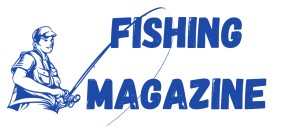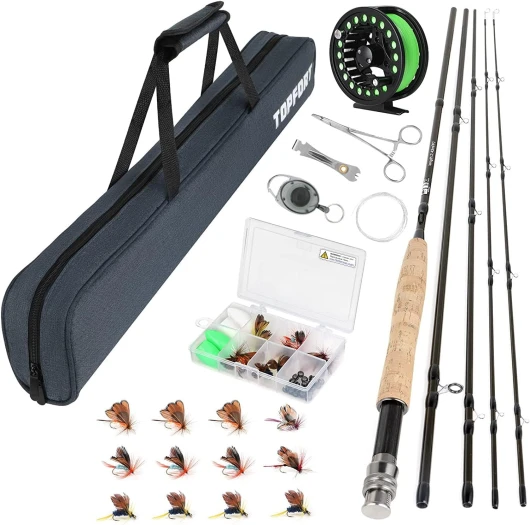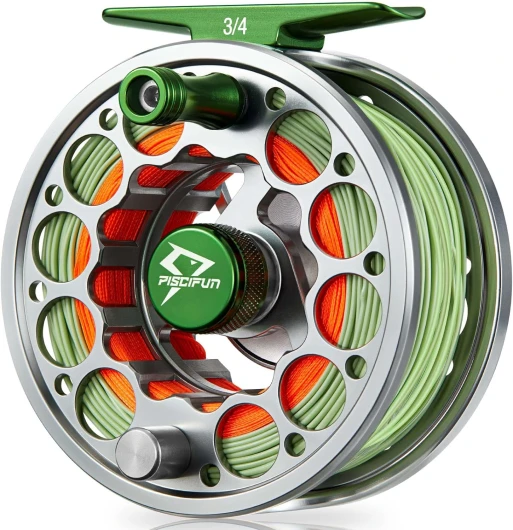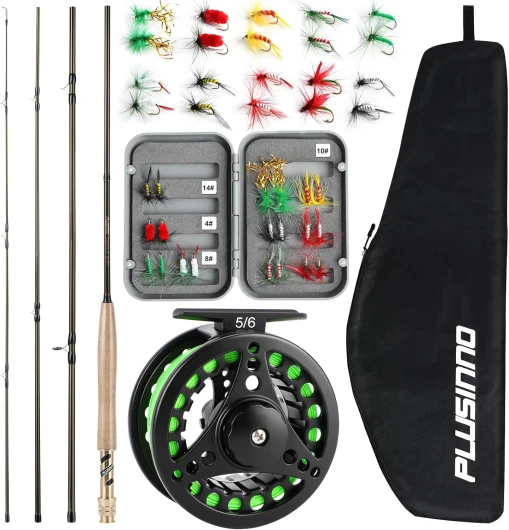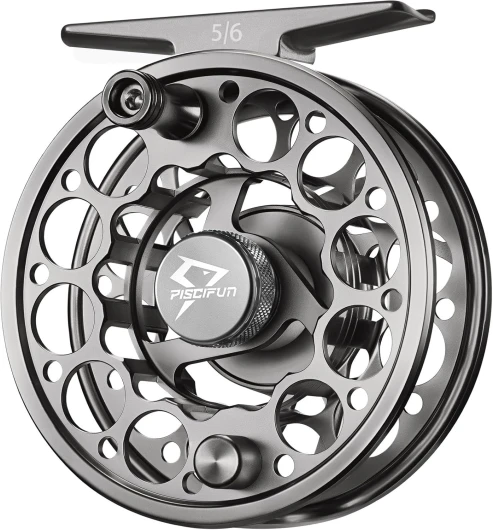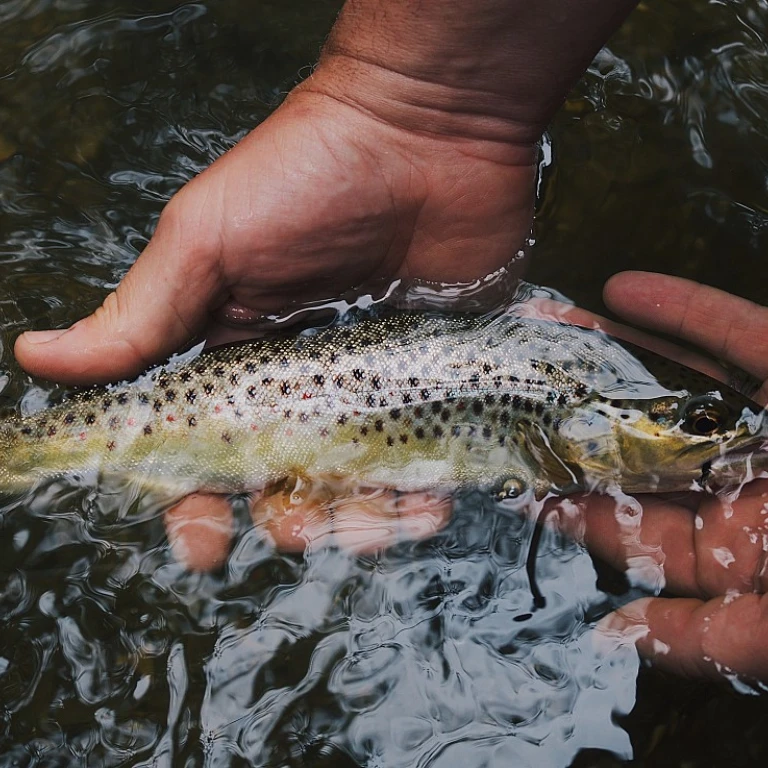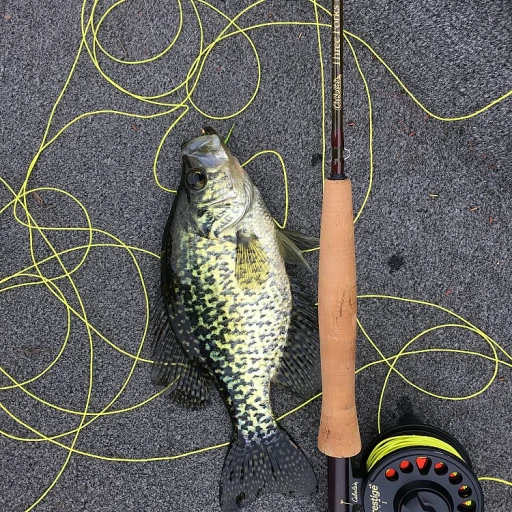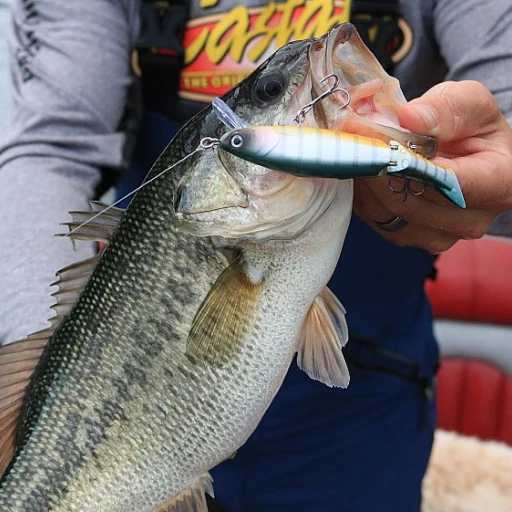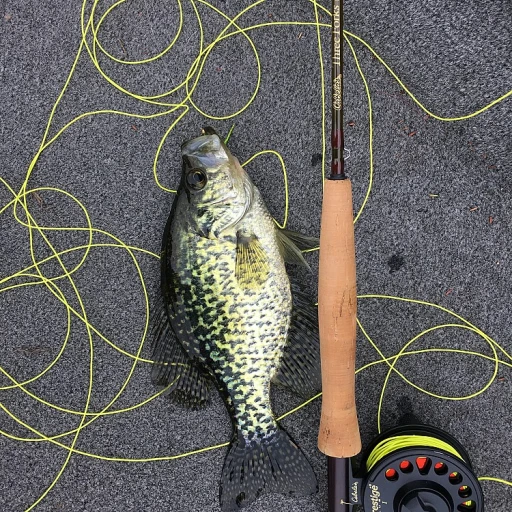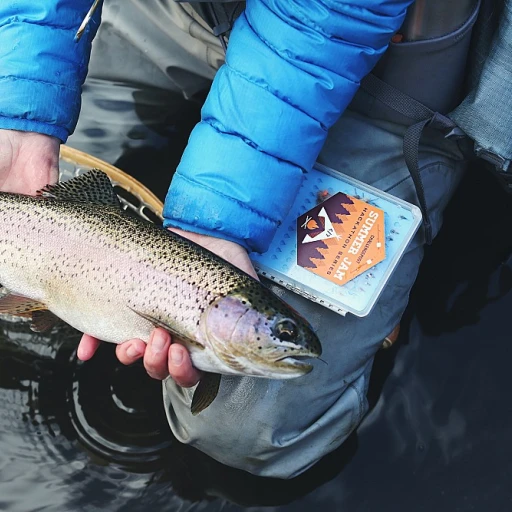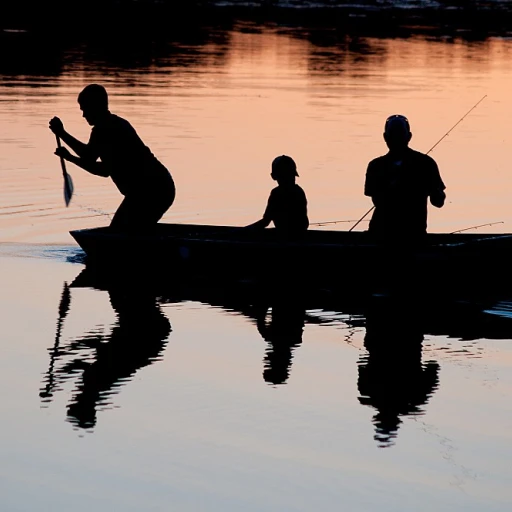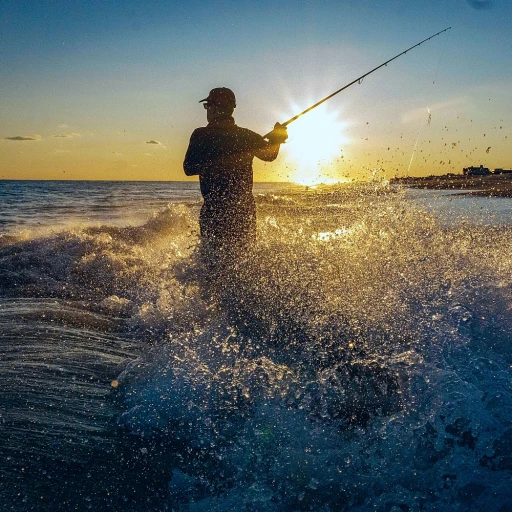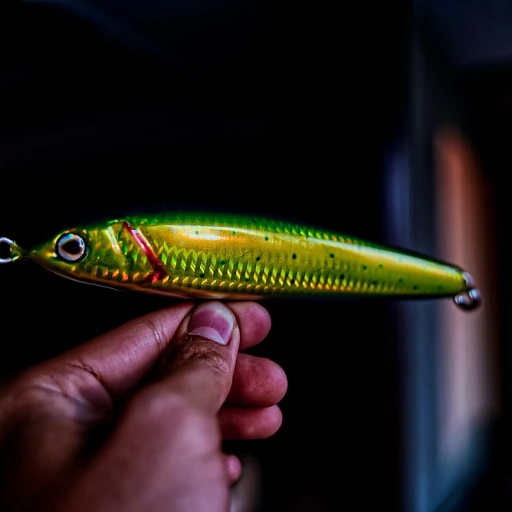
Understanding Smallmouth Bass Behavior
Decoding the Movements of Smallmouth Bass
To master fly fishing for smallmouth bass, a strong understanding of smallmouth bass behavior is pivotal. Observing how these fish interact with their surroundings provides insight into when and where to fish for them effectively. These adaptive creatures are known for their high activity levels in warmer water temperatures, making them prime targets during the warmer months.
Fly anglers need to note that smallmouth often dwell in clear rivers and exhibit distinct behavior compared to their largemouth counterparts. They are typically found in fast-moving water and rocky riverbeds where they can find an abundance of bait. This makes them adept at staying in deeper pools during the hottest parts of the day, a crucial piece of information for fly fishing enthusiasts trying to locate them.
A good time to fish smallmouth is when the water temperature begins to rise in the spring and early summer months. During this time, you might catch them using darker colored bass flies like black white bead head patterns or clouser minnows fishing near the riverbed. Unlike trout, smallmouth bass tend to cover more area in search of food, requiring the angler's patience and technique for effective fly presentation.
By grasping the habitat preferences of smallmouth, anglers will be better prepared each time they take their fly rod to these game fish. Building expertise in reading the water and understanding the bass's feeding times can greatly improve your success. For those looking to refine their equipment selection, exploring choosing the right fly rod for saltwater adventures can also offer valuable insights applicable to freshwater fishing.
Essential Gear for Fly Fishing
Gearing Up for Success
To truly delve into the art of fly fishing for smallmouth bass, having the right gear is essential. While some anglers might gravitate towards a spinning rod, a dedicated fly rod specifically designed for targeting smallmouth will perform best. Finding a good fly rod provides you the right balance and flexibility needed for these feisty fighters.
A medium-weight fly rod, ideally between 6- and 8-weight, will handle the robust smallmouth bass that often reside in rivers and streams. Pair this rod with a quality fly reel equipped with a smooth drag system to manage those intense runs and sudden dives that smallmouth are famous for.
- Line: A weight-forward floating line is perfect for covering these types of waters. While assessing water temperature and conditions, it can also be beneficial to keep an intermediate sinking line on hand, particularly for deeper waters where smallmouth often lurk.
- Leader and Tippet: For a more natural presentation of your bass flies, use a tapered leader of around 9 feet, concluding with a 10- to 12-pound test tippet. This setup allows your clouser minnows or bead head nymph to move naturally with the current.
A crucial element in your arsenal will be a well-organized fly box filled with an assortment of bass flies. Incorporating a mix of clouser minnows, poppers, and dry fly patterns can enhance your success rate, adapting to the smallmouth’s diet changes depending on time of day and location.
Remember, each element of your gear is interconnected, contributing to a successful smallmouth fly fishing experience. Equip yourself properly, and you'll be one step closer to landing that big river fish.
Choosing the Right Flies
Perfecting Your Fly Selection
Choosing the right flies is critical for enhancing your success rate when targeting smallmouth bass. The correct selection will vary depending on the water conditions, time of year, and the behavior of the fish in the river that you're fishing. Here are some fly types that are particularly effective:- Clouser Minnows: Known for their versatility, Clouser Minnows, with their bead heads, imitate baitfish and are excellent for enticing smallmouth in both fast-flowing rivers and slower waters.
- Dry Flies: When the water temperature is right, dry flies offer an exciting way to fish for smallmouth. Look for those with black and white patterns which closely resemble the natural organisms in most bass habitats.
- Streamers: These flies attract big smallmouth by mimicking injured fish, making them an excellent choice for catching a larger bass in deeper sections of the water.
Techniques for Casting and Presentation
Perfecting Your Cast for Smallmouth Success
When it comes to fly fishing for smallmouth bass, mastering your casting technique is crucial. The smallmouth bass is known for its agility and speed, making it a challenging but rewarding target for fly anglers. A well-executed cast can make all the difference in enticing these fish to strike.
First, consider the type of fly rod you're using. A medium-weight fly rod is typically a good choice for smallmouth bass, providing the right balance of power and finesse. Unlike trout fishing, where delicate presentations are often necessary, smallmouth bass can be more forgiving, allowing anglers to experiment with different casting styles.
Presentation: The Key to Tempting Smallmouth
Presentation is just as important as the cast itself. Smallmouth bass are often found in rivers with varying water temperatures and conditions. Understanding how to present your fly in these environments can greatly increase your chances of success.
One effective technique is the use of a dry fly or bead head nymph. These flies can mimic the natural bait that smallmouth bass feed on. When casting, aim to land your fly softly on the water, allowing it to drift naturally with the current. This approach can be particularly effective in clear water conditions where the fish are more cautious.
Adapting to River Conditions
Rivers can present unique challenges, but they also offer great opportunities for catching big smallmouth bass. Pay attention to the flow and depth of the water, as these factors will influence where the fish are likely to be. Casting upstream and allowing your fly to drift downstream can mimic the natural movement of prey, making it more enticing to smallmouth bass.
Finally, practice makes perfect. Spend time honing your casting skills and experimenting with different techniques. Whether you're using a clouser minnow or a black and white streamer, the right presentation can turn a good day of fishing into a great one.
Reading the Water
Decoding River Currents
When fly fishing for smallmouth bass, understanding how to read the water is crucial for success. Smallmouth often prefer areas with moderate to strong currents, so it's essential to know where to position yourself and your flies. Observing the flow can help you identify spots where fish are likely to congregate. Look for areas where the current slows down, such as behind rocks or along the banks, as these can be prime locations for smallmouth to hide and wait for bait.Identifying Ledges and Drop-offs
Middle of the river features, like ledges and drop-offs, are also key places to target. These underwater structures provide smallmouth with the perfect ambush point to catch unsuspecting prey. Using weighted bead head flies or clouser minnows can help you reach these depths. The depth of water and the time of day will dictate the type of flies to use, varying from bass flies to larger clouser minnows.Adjusting for Water Temperature
Water temperature plays a significant role in smallmouth bass behavior. When you’re fishing, take note of the temperature; warmer waters can make bass more active. During these times, fly fishing with dry flies or a smallmouth fly that mimics the natural insects on the surface could be effective. In cooler temperatures, however, fishing smallmouth lower in the water column may yield better results. By mastering the art of reading the water, in combination with the right techniques and understanding of smallmouth habits, you'll elevate your fly fishing skills, making you a more confident and proficient angler.Conservation and Ethical Fishing Practices
Respecting Nature While Enjoying the Thrill
Conservation is a vital element of enjoying and preserving the sport of fly fishing, especially when targeting smallmouth bass. Anglers who show respect for the environment play an important role in ensuring that future generations can experience the joy of this challenge. Practices tailored towards protecting the ecosystem, such as handling fish gently and releasing them properly, are essential.- Catch and Release: Opt for 'catch and release' whenever possible, using barbless hooks to minimize injury and ensure the survival of the fish post-release. A quick, gentle release minimizes stress and enhances smallmouth bass survival rates.
- Water Quality Awareness: Pay attention to the water quality of your fishing rivers and how your presence may affect them. Avoid littering and be cautious of potential pollutants like oils and soaps in the water.
- Choose the Right Time and Conditions: Recognizing water temperature and clarity can help in reducing disturbances. Smallmouth bass are sensitive to changes in their habitat, so fishing during optimal conditions can help maintain balance.
- Mindful Gear Selection: When selecting gear, prioritize sustainable options and consider how your equipment, from fly rods to baits, impacts the ecosystem. Spinning rods and fly rods must be used wisely to suit the fishing environment.
